Since my partner has hijacked the computer, I couldn’t access the original draft, so here’s a quick update.
This year, Kawasaki released a set of Space Coordinate System XYZ rackets. Having previously used the Razer Z, which is the highest-quality model among the three, I found that it had the best materials. However, I felt that the Z could have been stiffer, so I decided to try the remaining two models.
Let’s start with the Razer Y:

Specifications: 4U G5, unstrung weight 93.0g, balance point 295mm, 40T material shaft, length 215mm, medium stiffness, aerodynamic frame, 76-hole string bed, 3-9 o’clock grommets, 30lbs warranty, strung with 25-27lbs KT66F.
In terms of appearance, the Razer Y stands out among the many snake-themed rackets. Kawasaki opted for a deep blue color with extensive water decals on the frame. The snake scale patterns at the 4 and 8 o’clock positions and the design on the cone cap are reminiscent of last year’s Razer model. Compared to the elegant Razer Z, the Y has a more dimensional look, perhaps due to the choice of color tones.
Also, Kawasaki’s square racket cover is always impressive.
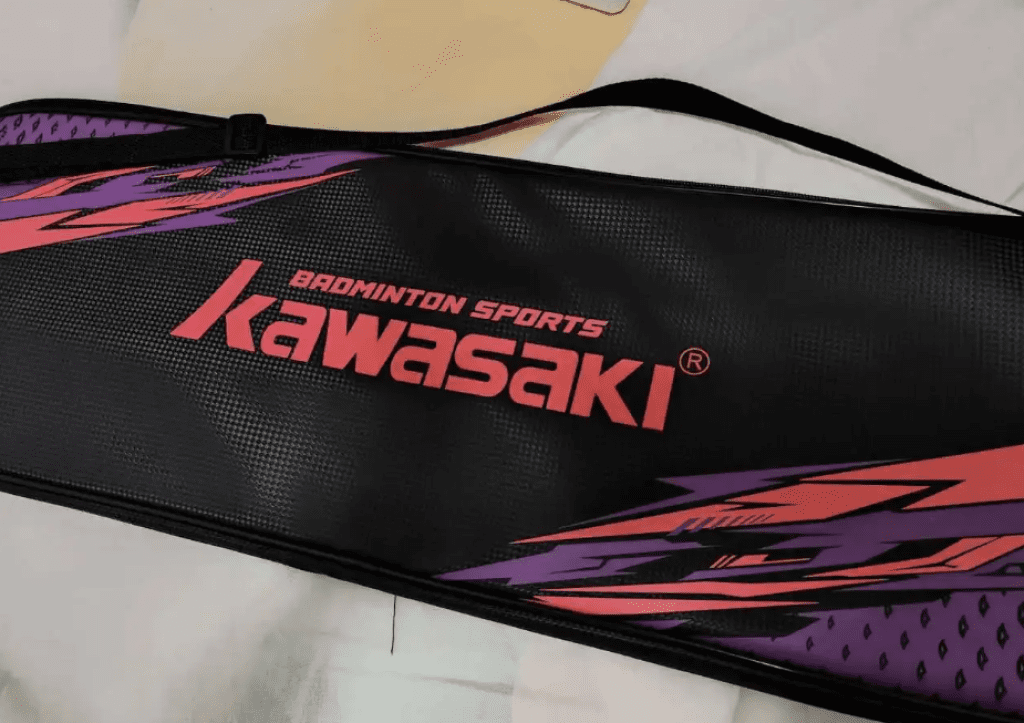
The balance point of the racket is not high, and the grip feel is standard, with no particularly noteworthy sensations. The new Razer models are, of course, fast. The 4U aerodynamic frame combined with a moderate head-heavy balance gives a sharp feel when swinging. If it had other specifications, it would likely be more suited to doubles play. However, the lightness of the racket raises concerns about its stability and solidity.
The large frame area provides a high tolerance but lacks power concentration. While the shaft’s elasticity is good, it has a bit of its own quirks. It responds better when some force is applied; otherwise, the feedback from the Razer Y feels lacking. The shaft’s deformation threshold is low, making it easy to swing, but the initial difficulty is not high.
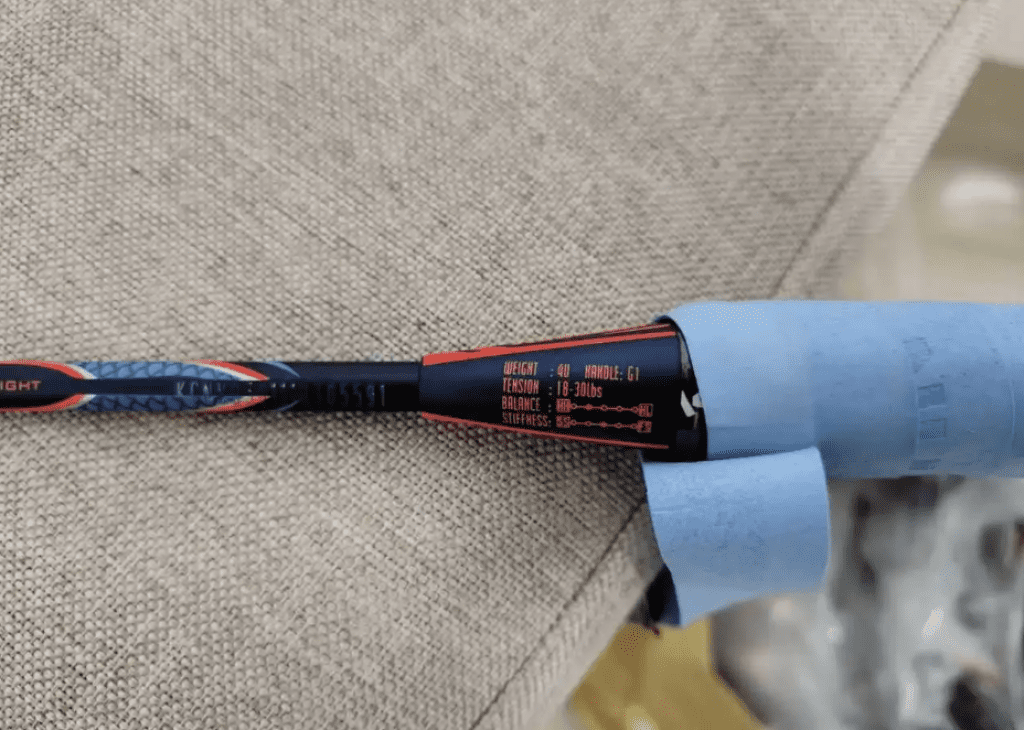
As I continued using it, I began to notice some issues.
The Razer Y has good materials and can deliver considerable speed when hitting high clears. However, the lack of weight in the head further amplifies the frame’s torsional instability. The shot placement becomes scattered, with shots varying between under-hitting and hitting the sidelines. Is it due to my own feel or skill level? Maybe, but it reminds me of a certain model from a blue brand, where I felt uncertain with long shots.
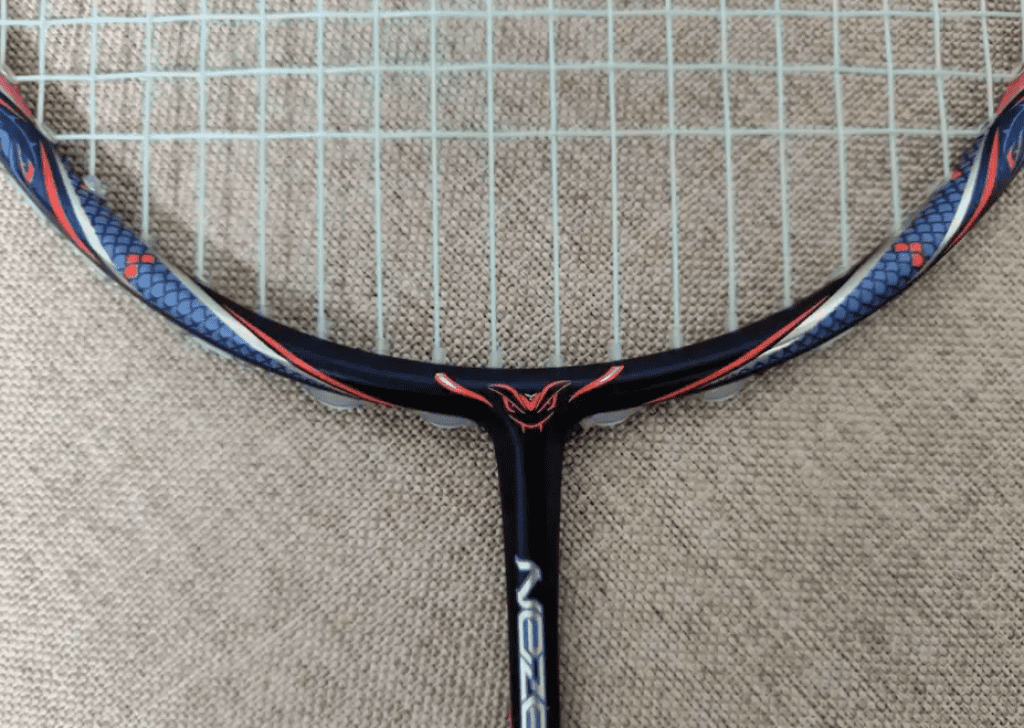
Attempting to focus on shorter, downward shots revealed another flaw. I once tried an unusually heavy smash from the forehand area, but due to not finding the correct hitting point, it turned into a high clear and landed on the neighboring court’s sidelines.
However, the Razer Y does have power and good sound during smashes, and it can deliver high-speed shots with penetrating force, reminiscent of a certain model from Brand B. Yet, given my current level, achieving both power and precision with the Razer Y is challenging.
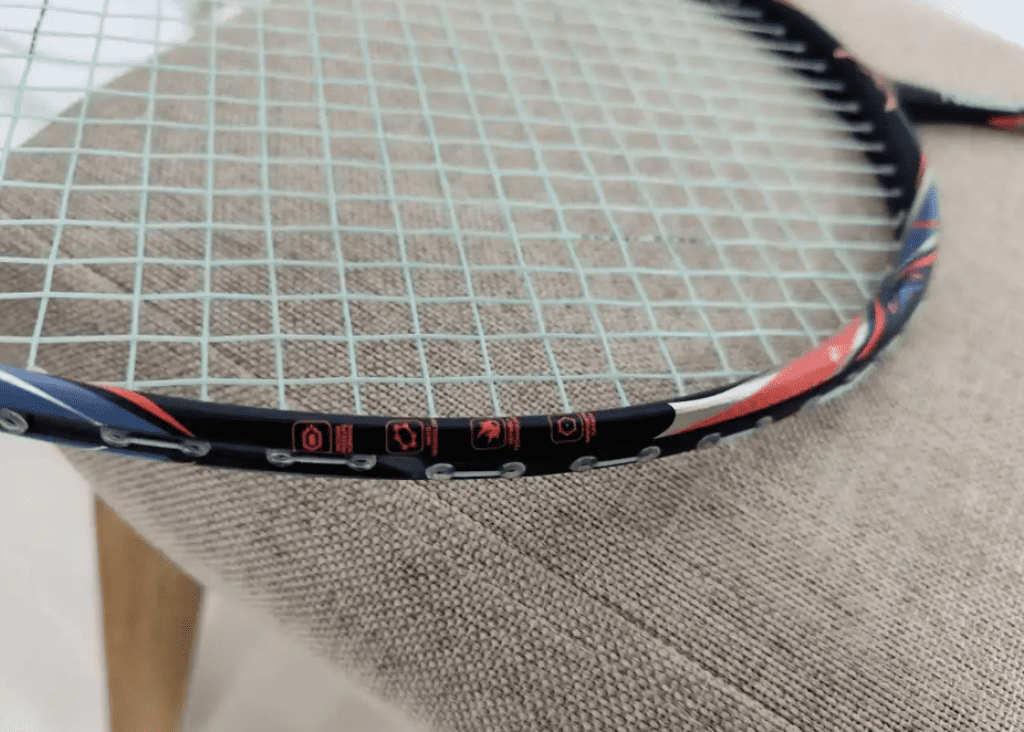
Despite these issues, the Razer Y performs well in defensive and passive situations, showing its friendly side. It also excels in flat drives and blocks, with good speed and continuity. If not for the cone cap’s balance point indicator, its agility might make you forget it’s a head-heavy racket.
Ultimately, I couldn’t pinpoint exactly what felt off. The interaction with the Razer Y felt lacking. While the racket is worth considering price-wise, it won’t be a model I would strongly recommend from Kawasaki this year.
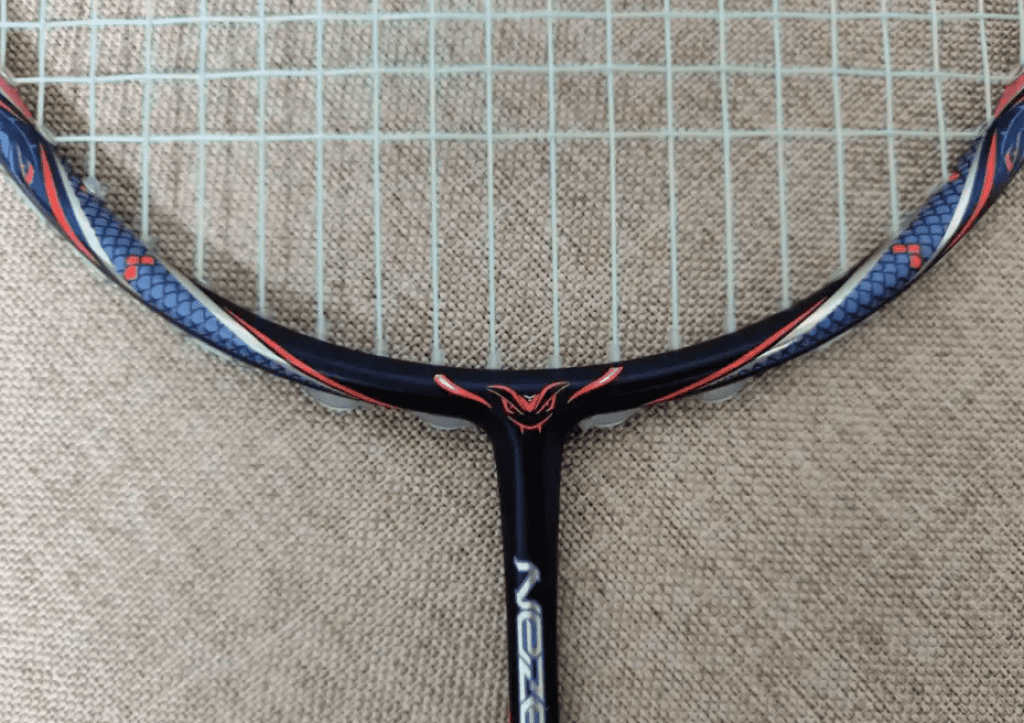

Leave a Reply